|
|
|

Oud has been used for medicinal purposes for thousands of years, and continues to be used in Ayurvedic, Tibetan, and traditional East Asian medicine.
In the royal medical text from the era of the Great King Narai in the year 1659 (B.E. 2202), Oud was noted as important ingredients to blend with other herbs to cure sicknesses e.g. Parkinson, high fever, etc. In order to stop nose breed caused from high fever, apply on Oud oil on one’s forehead with the mixture of cinnamon, jasmine roots, cowslip roots, civet, borneol, and some flowery water.
|
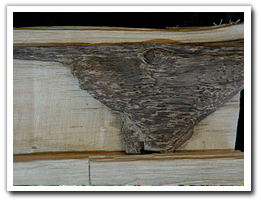
|
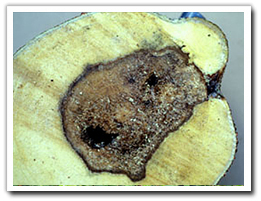
|
According to the royal medicine text from the age of King Rama II (B.E.2355), Oud was commonly used as medicine; for example “Maha Proh (Zingiberaceae) Medicine” contained rose chestnut, euphorbiaceae, bergamot skin, tuberour water plant, camphor, aromatic lemongrass, and 3 portions of aromatic zingiberaceae. All ingredients were crushed and dissolved with flowery water and borneol. This medicine was widely used to relieve urticaria and to cure 7 types of pharyngitis.
Moreover, Oud also helps maintained energy and nourished blood. For example, “The Great Red Medicine” which composed of Oud in the ingredients was used to cure corneal ulcer, and conjunctivitis. |
|
According to the mental tonic remedy of Mr. Phun Thai, Prince Kummasit remarked that Oud medicine could remedy sickness; unconsciousness, asthma, hemorrhoid, and abdomen boil. The medicine also helps increase appetite, reinforce physical elements, and prolong life.
It was also noted in a general Thai medical textbook that Oud tasted bitter but smelt delicately sweet. It helps balance physical elements, strengthen heart, and nourish blood. Moreover, it remedied giddiness, faintness, pharyngitis sickness, diarrhea, joint pains, etc.
The Sahih Muslim, which dates back to approximately the eighth century, refers to the use of Oud for the treatment of pleurisy and its use is referenced in the Ayurvedic medicinal text the Susruta Samhita. Oud is prescribed in traditional East Asian medicine to promote the flow of qi, relieve pain, arrest vomiting by warming the stomach, and to relieve asthma. High-grade Oud powder is prescribed in Chinese medicine and is also used in the production of pharmaceutical tinctures.
Malaysians used Oud mixed with coconut oil as a liniment, and also in a boiled concoction to treat rheumatism and other body pain. The often-discarded uninfected wood is used as Kayu gaharu lemppong by Malaysians to treat jaundice and body pains. Oud is also prescribed for dropsy, as a carminative, a stimulant, for heart palpitations, and as a tonic taken particularly during pregnancy, after childbirth and for diseases of female genital organs.
|
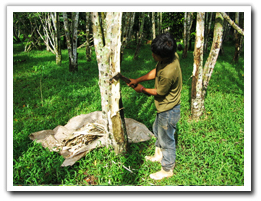
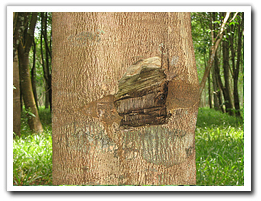
|
The use of Oud for perfumery extends back several thousands of years, and is referenced, for example, in the Old Testament several times using the term ‘aloes’. Both Oud smoke and oil are customarily used as perfume in the Middle East. In India, various grades of Oud are distilled separately before blending to produce a final ‘attar’. Minyak attar is a water-based perfume containing Oud oil, which is traditionally used by Muslims to lace prayer clothes.
Oud perfumes are seldom pure Oud oil, but instead use an alcoholic or non-alcoholic carrier, such as sandalwood oil. The cheapest Oud perfumes are either synthetic or a blend of oils, each with different qualities and fragrances. Although there are several commercially available synthetic Oud fragrance compounds, they can produce only low-quality Oud fragrances, owing to the chemical structure of natural oil.
Oud essences have recently been used as a fragrance in soaps and shampoos. Oud incense is burned to produce a pleasant aroma, its use ranging from a general perfume to an element of important religious occasions. Irregular chunks of Oud, usually a few centimeters long and weighing 10-200 g, may be cut or broken into smaller pieces and then burned, usually in a specially made incense burner. Oud powder and dust cannot be burned directly in incense holders, but can be used to make incense sticks or coils for indoor fragrance, and are used for religious purposes by Muslims, Buddhists and Hindus.
Oud incense is used for various purposes in the Middle East, especially during prayers. Oud chips and splinters are also burned in bathrooms and incense is used as a customary perfume. Party hosts place Oud chips over hot charcoals, the aroma signifying the end of a party.
|
|
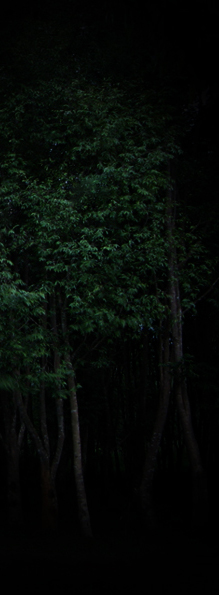 |